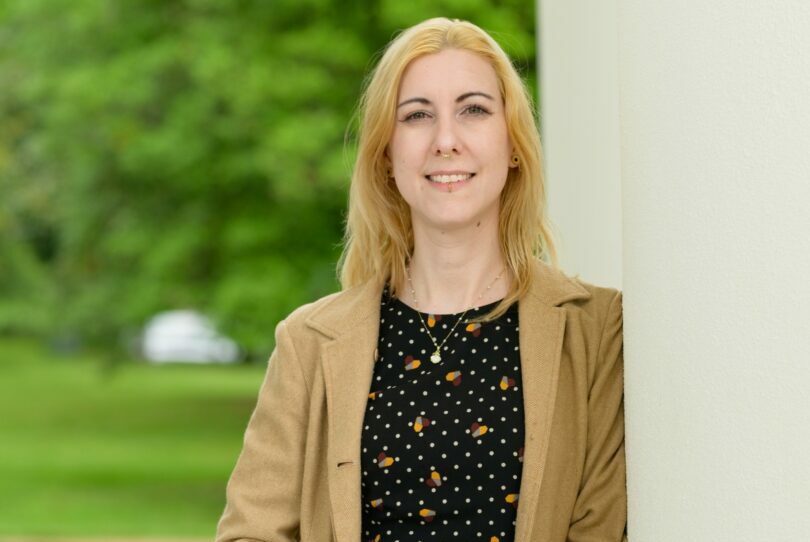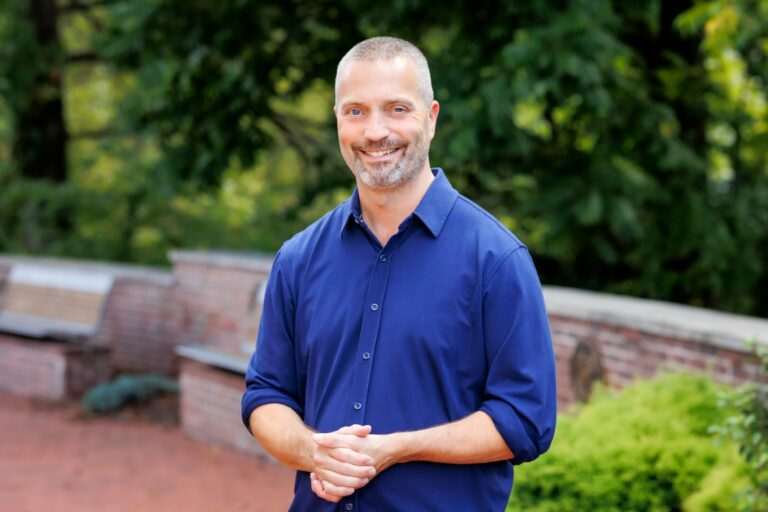We’re excited to introduce you to the always interesting and insightful Jack Bride. We hope you’ll enjoy our conversation with Jack below.
Jack, so many exciting things to discuss, we can’t wait. Thanks for joining us and we appreciate you sharing your wisdom with our readers. So, maybe we can start by discussing optimism and where your optimism comes from?
Reminding myself that throughout human history, people would find ways to create art. It would be insane not to make the most of this time, in our modern age. I love looking at paintings from the Middle Ages, that have survived centuries. I can only imagine what the artist’s quality of life was, back then, and how precious pigments were, and here are these wonderful illuminated pages, persevering just by existing! And all I have to do is walk to an art supply store to have access to every colour imaginable, with the availability of all kinds of prepared surfaces. Also, the freedom to make what inspires me is an incredibly rare thing, when weighing against human history and other parts of the world. So I suppose I use the burden of freedom as optimism, haha.
I also feel optimistic that art can make a difference in peoples’ lives. Just looking at my own life, the moments when a work of art helps me access my own emotions, inspires me to create, drives me to make better art or be a better person; none of that would have happened without artists believing in what they do, working hard to make it excellent, and pushing to have it out in the world. It’s a sense of faith that contributing to humanity is a worthy cause, that artwork can reach people in all kinds of ways, now and for generations to come.


Great, so let’s take a few minutes and cover your story. What should folks know about you and what you do?
I was always interested in art as a kid. It began with comic books, television cartoons, and the books I would read/ have read to me. As I became a teenager, illustration, animation, and making videos were big interests, and as I approached adulthood I began exploring fine art. The four year process of a fine arts program at the Alberta College of Art and Design was one of learning how to think critically of my own creative process, experiment, and find a sensational core in all that I make.
Returning to the world after art school was a journey of getting back to the basics of art, and growing from there. Now, I have followed my art practice in the world for twenty years, and through trial and error built a structure of painting, drawing, print media and video. As I explored different disciplines, each came with it’s own scene and particular way of life. I’ve learned that I love making comics until the panels feel too confining, I love painting until I need a break from the fumes, and I love creating animation, although that process tends to be diametrically opposed to sunlight and fresh air! I’ve also explored the performative arts, which have settled in me as a counter to my creative strengths, it’s my discomfort zone and holds a great opportunity for renewal, when needed.
My product is artwork which functions as an object of focus in a client’s home or office, aiding in inspiration, contemplation, even to daydream. All of the most wonderful inventions we use in our everyday lives come from those who allow time for their minds to wander; my artwork provides space for such wandering.
I provide an externality to the world of dream. Everyone has inside his or her self a deep well of imagination, and each person has a different degree of ability to access and articulate this well. I know how to break ideas down to their essence, and how to veil them through the process of creation. Sometimes it works the opposite direction, where the process of creation is a distillation to get to the core idea.
Often I paint what I envision and, the closer I get to hitting the bullseye of an idea, the more directly it communicates to the audience. I’ve developed a sixth sense for when an artwork does this, and it’s usually a painting that will sell immediately. Other times, I will go fully into an artwork which builds an idiosyncratic world, make sure it works optically, and put it out into the world to see if it makes sense to anyone else. Sometimes that work connects with people in ways that come almost as a surprise.
With commissioned work, what sets me apart from others is the way I ask questions to get a full understanding of what resides in a client’s imagination. I know firsthand how difficult it is to articulate an idea, so I walk them through my own creative process, one question at a time. Then, when ready, I begin the work with enthusiasm, keeping a client’s internal world close to my artistic choices.
I have confidence in my own ideas. It takes practice to shake off the unnecessary shyness, or guilt, or shame, we can accumulate through the fear of not fitting in or seeming crazy. I’ve also honed a profound technical ability, to translate strange ideas and normal scenes into dazzling objects of beauty.
I want potential clients to know that my work has a serious amount of practice behind it, from setting up the proper materials needed down to crafting the best composition for each specific idea. I love the risk behind making art, the willingness to fail in order to take a shot at greatness is inherent every time I make something. I have worked for five days on a large painting and, when it wasn’t working, I began again, knowing the second try would be exponentially better than the first. It came through faster, buzzing with vital energy. I’ve had work destroyed in an epic flood, and I created new art about the flood, as my old work was simultaneously being destroyed. Those are a few examples of my dedication.


There is so much advice out there about all the different skills and qualities folks need to develop in order to succeed in today’s highly competitive environment and often it can feel overwhelming. So, if we had to break it down to just the three that matter most, which three skills or qualities would you focus on?
1. Technical skills. Learning the basics of light, shade, colour, and form. I understand some art schools launch their first year arts students straight into creating subjective work and then ask them to critique together, before learning the basics. That seems like it doesn’t create a coveted feeling in the student, something to aspire to. I remember being in my first year of art school, and finding out we wouldn’t be given our own studio space until the third year. At the time, I wanted to bypass everything and just be an eccentric with my own studio. Now, I can see why they had us wait two years. There is a necessary frustration in building discipline.
2. Articulation. Learning to be able to speak well and write well are huge, I think in any profession. In the arts, you have to learn to talk about inspiration and creativity to people who may lack a particular lexicon, and in those times it’s important to speak to them in a way they can understand. I am writing this just after the passing of David Lynch. He was a master of speaking about the most sublime things in a plain way, and of speaking about plain things with sublimity! Throughout my twenties I would spend time with fellow artists who were older than me, and in particular more adept at speaking. If I felt intimidated by their ability to speak, I would take that as indication that I should befriend them. I was also timid and afraid to speak, so it was essential to go after it!
3. Unlearning. Some of your most precious gifts are things left behind when creating foundations of identity. A big step in expanding my career was to reintroduce the things i was told not to do in art school. As I chose the fine arts program, elements like narrative and illustration were shunned, deemed as tools for the commercial design area. Yes, it is important to drop what you are comfortable with in order to build new skills; what i learned by trying a more raw approach to art making is invaluable. But there comes a time where you have to break your own rules. I think it’s easy to accidentally get caught up in one’s own taboos, and it’s always worth a try to see if entertaining one’s antithesis might revive a creative practice.


We’ve all got limited resources, time, energy, focus etc – so if you had to choose between going all in on your strengths or working on areas where you aren’t as strong, what would you choose?
I am of two minds, here. Some of the most brightly shining geniuses we have are people who do one thing really really well, obsessively, and are known as masters in their field. I love that. However, there is a symptom in our culture that has separated intellect from body, art from science, etc. Some of the biggest names in art history were also brilliant philosophers, accomplished athletes, staunch scientists, even decorated soldiers. So I have to settle on the importance of improving the areas in which you aren’t strong, as they correlate to the strengths you have.
Any time I’ve forced myself to try something new, there was a resulting inspiration that fed my art practice. Examples include boxing classes, stand up comedy, performance art, and lecturing to a virtual reality community. These were all things I was drawn to, even though I feared doing poorly, and sometimes i did manage to do poorly! Through failing miserably at something for the first, second, third time, there is an undeniable part of ourselves that becomes stronger and ready to tackle what we are better at, with renewed purpose.
Contact Info:
- Instagram: @jack_bride_
- Facebook: Jack Bride
- Twitter: @jack_bride_
- Youtube: Bride333
- Other: Interview on my Large Watercolours:
https://www.msn.com/en-us/news/other/jack-bride-weaving-astrology-full-moons-and-comics-into-his-unique-artistic-vision/ar-AA1x7GFU?disableErrorRedirect=true&infiniteContentCount=0
Interview on my Landscape Oil Paintings:


Image Credits
Head shot image with red background by Alice Xue
Photograph of me working in the studio is by Amy Horne
All photos of artwork are provided by the artist.
so if you or someone you know deserves recognition please let us know here.




